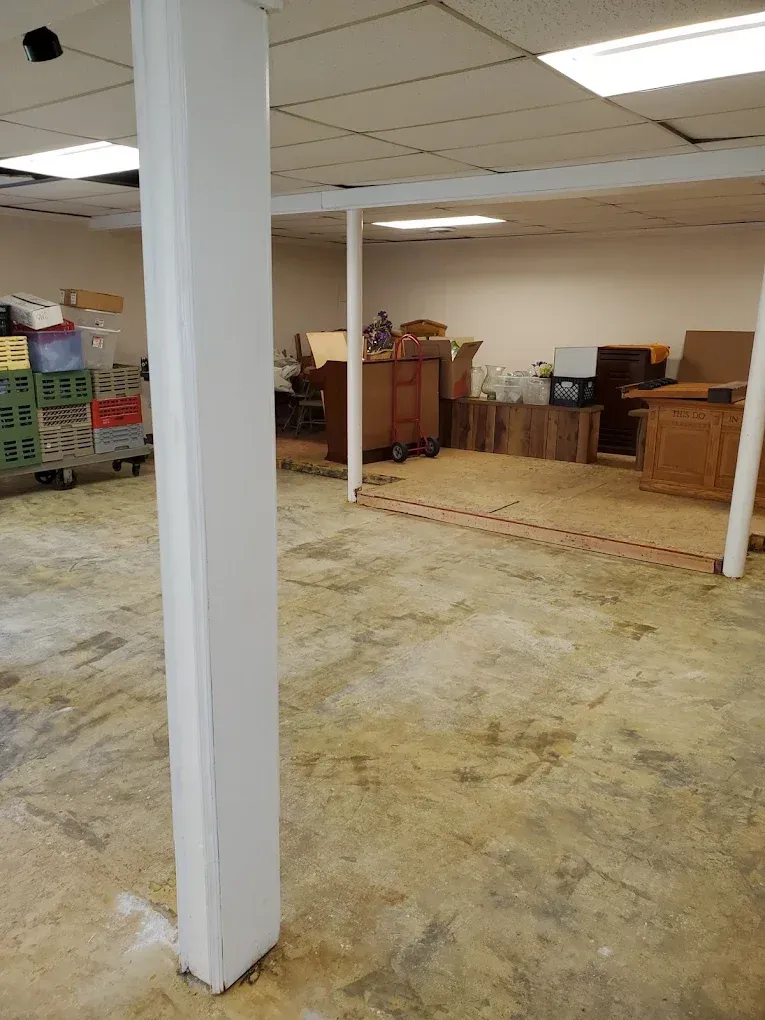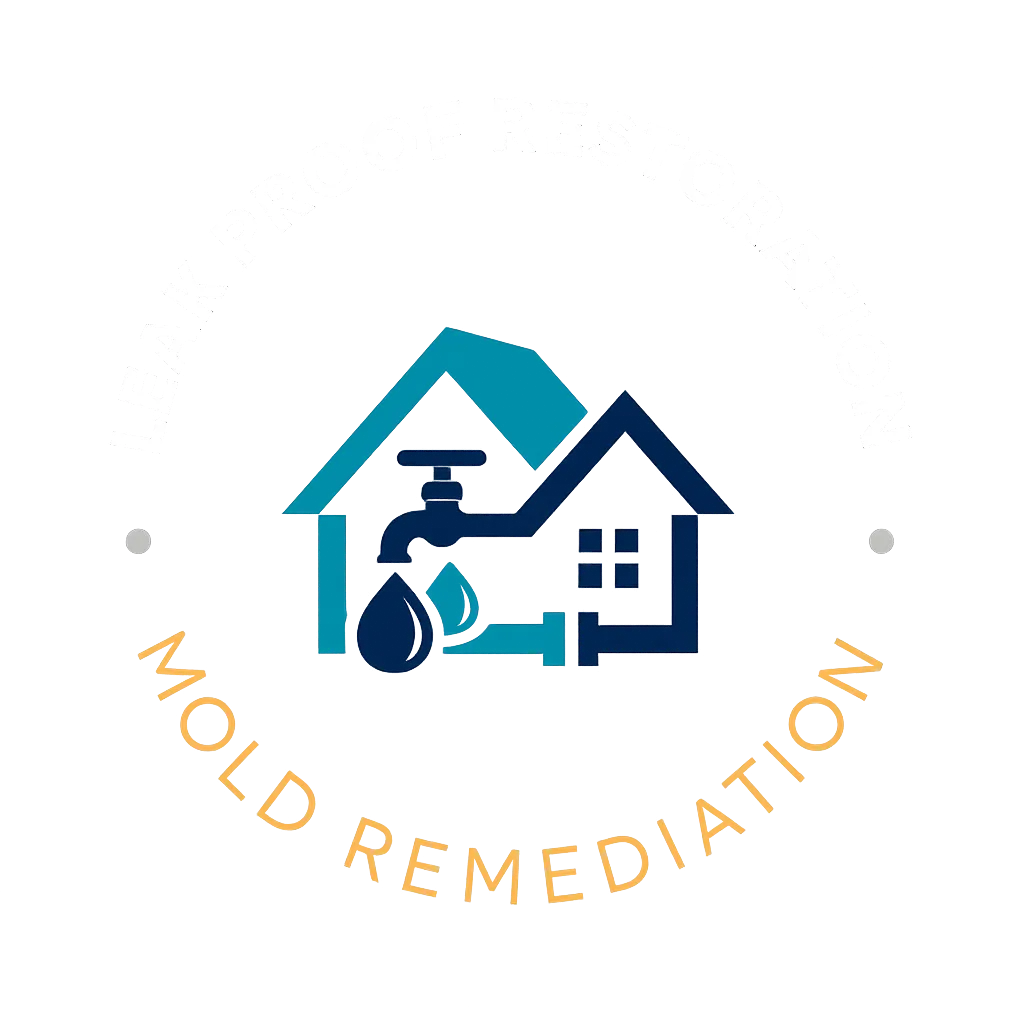
How to Safely Remove and Restore Water-Damaged Insulation | Leak Proof Restoration
How to Safely Remove and Restore Water-Damaged Insulation After a Leak
When a leak, flood, or burst pipe hits your home, most homeowners focus on drying floors, carpets, and walls — but one of the most overlooked areas isinsulation. Hidden behind walls and under floors, insulation plays a vital role in regulating your home’s temperature and preventing mold. Once it gets wet, though, it can become a major hazard.
This guide fromLeak Proof Restorationwill walk you through how to identify, remove, and replace water-damaged insulation safely — and how to prevent future moisture issues that could cause it again.
Why Water-Damaged Insulation Is a Hidden Threat
Insulation is designed to trap air, not moisture. When it gets wet, it loses effectiveness and can trap humidity inside your walls, crawl spaces, or attics. Over time, this creates the perfect breeding ground for:
Mold and mildew growth
Odor and air quality issues
Wood rot or corrosionin nearby framing
Pest infestations, especially in damp fiberglass or cellulose
Higher energy billsfrom poor insulation performance
Even small leaks can lead to big problems if the insulation isn’t properly dried or replaced.
Step 1: Identify Where the Water Damage Occurred
Before removing anything, you’ll need to locate the full scope of the moisture intrusion. Common causes include:
Roof leaks dripping into attic insulation
Burst or leaking plumbing lines inside walls
Flooding in basements or crawl spaces
Condensation from HVAC ducts or poor ventilation
Look for thesevisible warning signs:
Water stains on ceilings or walls
Sagging drywall
Musty or damp smells
Discoloration or swelling in baseboards
Visible mold or dark patches near insulation access points
If the insulation feels damp or spongy to the touch, it needs to be replaced.
Step 2: Check What Type of Insulation You Have
Different insulation materials react to water in different ways. Here’s how to identify and handle each type:
Fiberglass Batt Insulation
This is the pink or yellow fluffy material you’ll find behind walls and in attics. Once soaked, fiberglass loses its insulating value and can harbor mold in its paper backing.
Solution:Remove and replace completely — it cannot be fully dried.
Blown-In Cellulose
Made from recycled paper treated with fire retardants, cellulose is extremely absorbent. Once wet, it clumps together and grows mold fast.
Solution:Must be fully removed, even if only partially damp.
Spray Foam
Closed-cell spray foam resists moisture, but open-cell foam can absorb water like a sponge.
Solution:If open-cell foam is wet, it needs replacement. Closed-cell foam may be salvageable after drying.
Rigid Foam Boards
Common in basements and exterior walls, rigid foam is resistant to mold but can trap water behind it.
Solution:Inspect the backside; if moisture is present, remove and dry the area before reinstalling.
Step 3: Safety Precautions Before Removing Insulation
Working with insulation can be hazardous — especially when it’s wet and possibly contaminated with mold or bacteria. Before starting,protect yourself properly:
Wear long sleeves, gloves, and eye protection.
Use an N95 or P100 respirator to avoid breathing in particles.
Shut off electricity to any affected area (wet insulation near wiring is risky).
Seal off the work zone with plastic sheeting to prevent spreading debris or spores.
If there’s visible mold, don’t proceed on your own — call a certified remediation team likeLeak Proof Restorationfor professional containment and cleanup.
Step 4: Remove the Wet Insulation
Now it’s time to carefully remove the damaged insulation:
Access the area:Cut away damaged drywall or lift subfloor panels if necessary.
Pull insulation gently:Start from the top, pulling away from the wall cavity or joist space. Avoid shaking it to minimize airborne particles.
Bag and seal it:Place the wet insulation into thick plastic contractor bags and seal them tightly.
Dispose properly:Most municipalities classify contaminated insulation as construction waste — contact local disposal services for guidance.
Step 5: Dry and Disinfect the Area
Once the insulation is removed, you mustthoroughly dry the cavitybefore reinstalling new material. Moisture left behind will simply damage the new insulation.
DIY Drying Steps:
Use high-powered fans and dehumidifiers for at least 48 hours.
Open windows for ventilation if humidity levels outside are low.
Use a moisture meter to ensure wood studs and drywall are below 15% moisture content.
Professional Drying Approach:
Leak Proof Restoration usesindustrial-grade air movers, HEPA-filtered dehumidifiers, and infrared camerasto ensure every layer is dry. We also treat surfaces with antimicrobial solutions to eliminate bacteria and mold spores before reinstalling new insulation.
Step 6: Treat for Mold or Odor
Even if you don’t see mold, microscopic spores can remain after a leak. Treat the entire cavity to prevent future growth.
Recommended treatments:
Antimicrobial cleaner or mold inhibitor spray
Odor-neutralizing agents
HEPA vacuuming to remove any fine dust or particles
If your insulation was wet for more than 48 hours, it’s almost certain mold has begun to grow — in that case,professional remediationis required.
Step 7: Reinstall New Insulation
Once the space is clean, dry, and treated, you can safely install new insulation.
Pro tip:Choose a moisture-resistant option to better protect your home from future leaks.
Fiberglass with vapor barrier:Best for basements and walls prone to moisture.
Closed-cell spray foam:Excellent for sealing and waterproofing.
Rigid foam boards:Great for crawl spaces and exterior walls.
Ensure insulation is snug but not compressed; trapped air is what creates the thermal barrier.
Step 8: Rebuild and Seal the Area
After reinstalling insulation, replace the drywall, flooring, or wall panels you removed.
Use moisture-resistant drywall (“green board”) for areas like basements or bathrooms.
Seal seams with caulk or expanding foam to block humidity.
Repaint with mold-resistant paint for added protection.
Step 9: Prevent Future Moisture Problems
Once everything is restored, take proactive measures to ensure this doesn’t happen again:
Inspect your plumbing regularly:Look for drips or corrosion.
Maintain your roof and gutters:Keep water directed away from walls and foundations.
Install a dehumidifier:Especially useful in crawl spaces and basements.
Add insulation vapor barriers:These prevent condensation buildup inside wall cavities.
Check attic ventilation:Poor airflow often leads to moisture trapped in insulation.
Leak Proof Restoration can performannual moisture inspectionsto catch small leaks before they cause major damage.
When to Call a Professional Restoration Team
While small leaks can sometimes be handled by homeowners,professional restorationis strongly recommended if:
Water has been present for more than 48 hours
Mold or odor is detected
Insulation is under floors or in hard-to-reach areas
Electrical systems may have been exposed
You’re unsure about the full extent of the damage
AtLeak Proof Restoration, our certified technicians followIICRC standardsfor water and mold restoration, ensuring your home is safe, clean, and energy-efficient once repairs are complete.
Final Thoughts
Water-damaged insulation might seem like a small issue, but if ignored, it can compromise your entire home’s structure and air quality. Acting quickly is key — the sooner you remove the wet material and dry the area, the less you’ll spend on repairs.
If you suspect moisture in your walls, attic, or crawl space, don’t wait until it spreads.
Leak Proof Restorationoffers fast, reliable service across Georgia, specializing in water damage restoration, structural drying, and mold remediation.
We’ll help you restore comfort, safety, and energy efficiency to your home — the right way.
